“Nobody counts the number of ads you run; they just remember the impression you make.” — William Bernbach
“Before you can have a share of market, you must have a share of mind.” — Leo Burnett
Share of Voice: How much of the advertising done within your industry/market is yours?
Share of Mind: When people think of your product or service, do they think of your brand? If so, do they think of it first, second, third, or only vaguely as “another company that does X”? And how do they feel about your brand if and when they think of it?
But forget the definitions of these terms. Here’s how ad legend Dave Trott taught me to understand the powerful difference between Share of Voice and Share of Mind:
Let’s say that 19 ads for competitors are already gaining “exposure” to your prospect. And now your ad is going to enter the mix. That looks something like this:
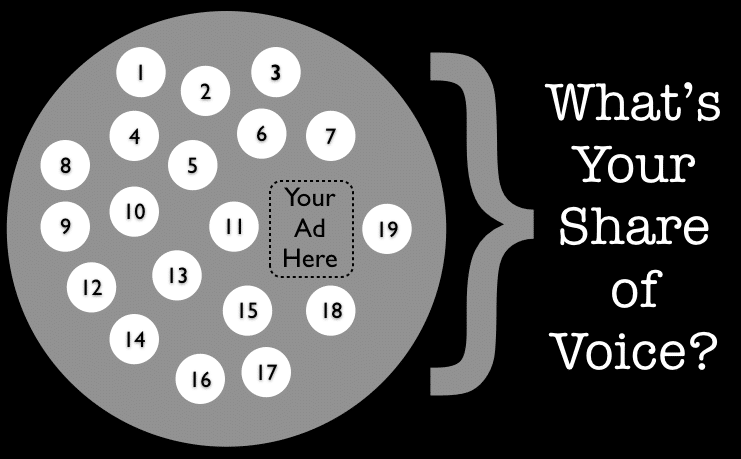
Now, here’s the important part:
WHAT KIND OF AD DO YOU BROADCAST?
Because if all those other ads are represented by bland, white circles to signify their bland, boring messaging and production, and if you broadcast yet one more smooth, “professional sounding,” blandishment of an ad, then you’ll end up with a 5% Share of Voice.
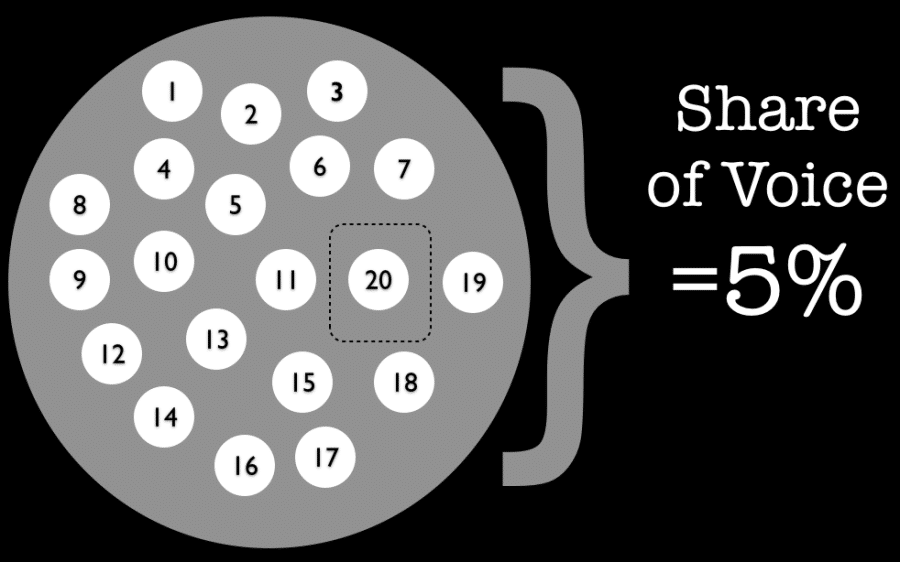
But what if you don’t do that?
What if you broadcast a flaming, un-ignorable ad that hits people between the eyes?
Well, then it would look like this:
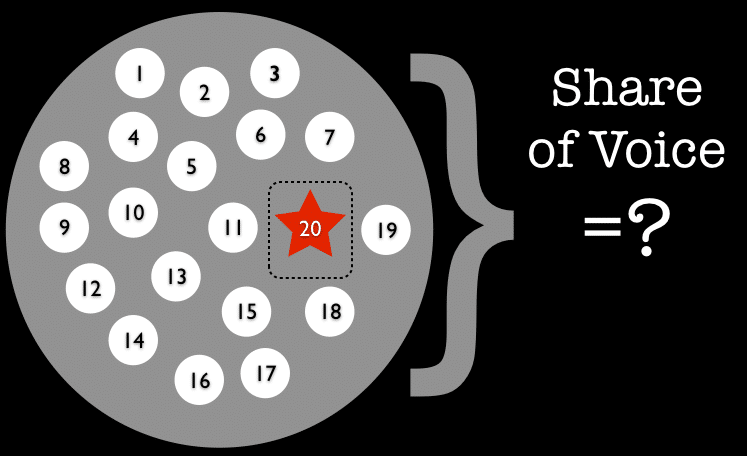
Now, technically, at least, you’ll still only have a 5% share of voice.
But will that be how the audience sees, hears, and remembers it?
Share of Voice vs. Share of Mind
Will they remember your ad as one of twenty, or will they remember it as the only ad that won their attention and sparked their imagination?
Will they group all the other ads together as so much blah, blah, blah, and single out your ad as the exception to the blah, blah?
Well, general life experience and gestalt grouping principles indicate that, yeah, they will.
For instance, do you see the following picture as 36 dots?

Or did your mind automatically group the similarly colored dots together to form six lines of dots, with three lines of white dots alternating with three lines of black ones?
Once you understand that bit of magic, it’s easy to see that — with the use of a red-hot ad — your Share of Mind would really looks like this:
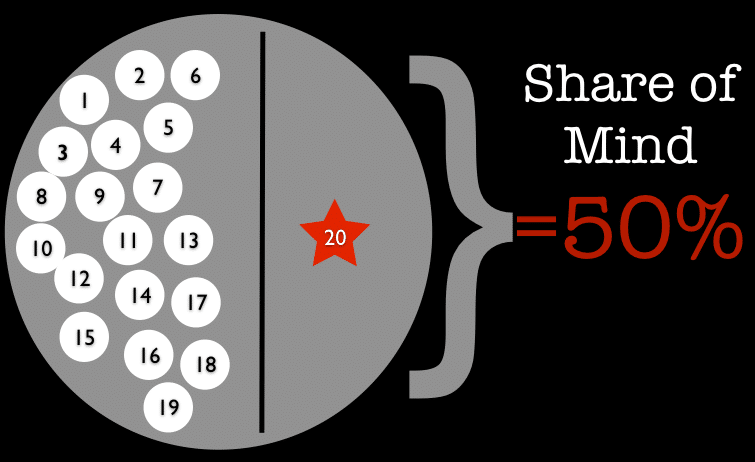
Because while you’re still only 1 of 20 ads, yielding a 5% Share of Voice, that’s not how the audience hears and remembers it.
In the mind of the audience, your ad is now 1 out of 2 groupings:
- Group 1 is your ad that stands out, and
- Group 2 consists of all the other ads that blend together.
That equates to a 50% share of mind.
That’s a 10X increase in effectiveness — from 5 to 50 percent!
Simply by moving from a mediocre to a great ad.
Advertising even has a cliche for this: “breaking through the clutter”
So, yes, breaking through the clutter with an inspired ad is massively important.
Of course, this example is simplified quite a bit. It doesn’t account for past advertising and reputation and already established Top of Mind Awareness, and so on.
Nor does it account for whether your red-hot messaging has much relevance.
Nor whether your brand is recalled, or just the entertainment. Nor whether the customers’ recalled and associations are positive. And so on.
This advertising business is a bit trickier than most people think!
But the insight remains the same, doesn’t it?
Because, really, that 10X increase IS the most important thing you need to know about Share of Voice and Share of Mind.
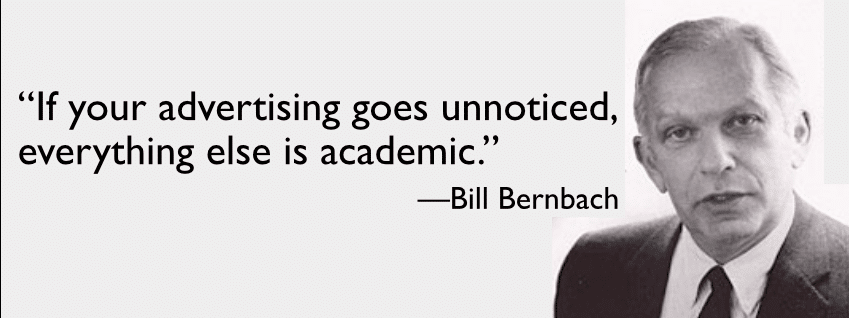
Want that 10X advantage for your business? I’d be only too happy to help.
- Are You Paying for Too Much for the Wrong Keywords? - July 15, 2024
- Dominate Your Market Like Rolex — 4 Powerful Branding Lessons - July 3, 2024
- Military-Grade Persuasion for Your Branding - June 25, 2024
